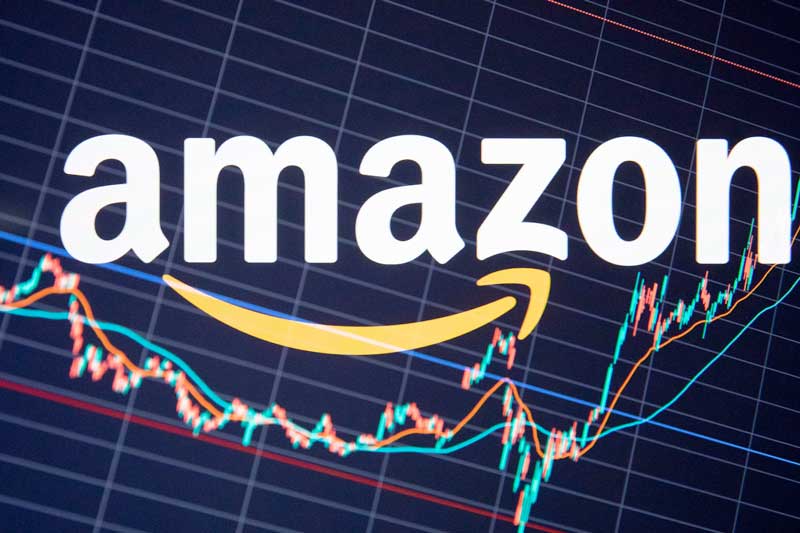Amazon stock split
Amazon will still be worth about $1.3 trillion after the split takes place. The stock will still be trading for more than 150 times earnings forecasts for this year and nearly 2.5 times its estimated 2022 sales — ratios that are significantly higher than the broader stock market as well as other retail industry leaders like Walmart (WMT) and Target (TGT).
What Amazon’s Stock Split Means For Investors
Wedbush Securities Managing Director of Equity Research Michael Pachter joins Taylor Riggs to discuss Amazon’s 20-for-1 stock split and why investors care so much about it, and the departure of Amazon’s consumer chief Dave Clark.
Amazon (AMZN) Stock Split: What It Means For Investors
AMZN stock split: Kevin Simpson breaks down what the 20-for-1 split means for Amazon and its investors. Then, Tom White shares two ways to get bullish AMZN. He walks through his example options trades with Oliver Renick.
What is Stock split?
A stock split or stock divide increases the number of shares in a company. For example, after a 2-for-1 split, each investor will own double the number of shares, and each share will be worth half as much. A stock split causes a decrease of market price of individual shares, but does not change the total market capitalization of the company: stock dilution does not occur.
A company may split its stock when the market price per share is so high that it becomes unwieldy when traded. One of the reasons is that a very high share price may deter small investors from buying the shares. Stock splits are usually initiated after a large run up in share price.
It split 2-for-1 in 1998, 3-for-1 in January 1999, and 2-for-1 in September 1999.
